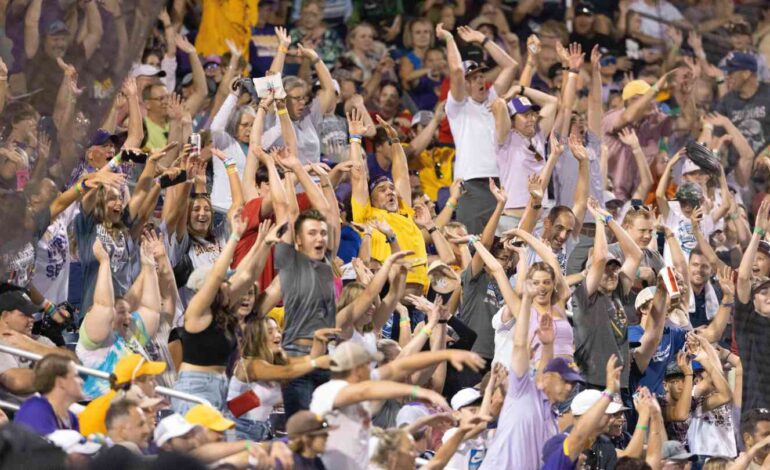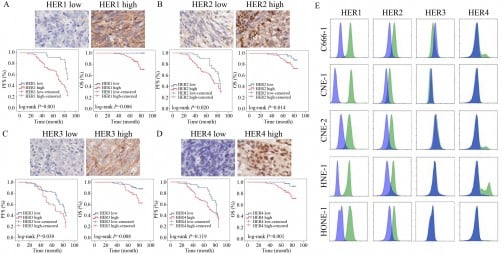Uniting Through Joy: The Power of Collective Experiences

Residents of San Pedro Manrique, Spain, recently participated in an extraordinary ritual that highlighted the power of collective joy. During this annual event in June, participants walked barefoot across a bed of glowing coals, cheered on by thousands of enthusiastic onlookers. This remarkable display of courage and communal spirit elicited feelings of unity among both walkers and spectators, as noted by Dimitris Xygalatas, a cognitive anthropologist from the University of Connecticut.
Xygalatas, who has studied various group dynamics, described the experience as one of “collective effervescence.” This term refers to the profound emotional connection that arises when individuals engage in meaningful activities together—whether it be during a sporting event, a concert, or a cultural festival. He has documented similar feelings while cheering for his hometown soccer team, where the atmosphere created a sense of shared identity and euphoria.
Understanding ‘We Mode’
The concept of “we mode,” or collective joy, has garnered attention for its potential to enhance well-being. Kelly McGonigal, a health psychologist at Stanford University, emphasizes that shared positive emotions can act like “aerosolized joy,” where individuals can “catch” the smiles and laughter of those around them. McGonigal explains that when people participate in activities together, their heartbeats often synchronize, leading to a heightened sense of connection.
This phenomenon of physiological synchrony was first explored over a century ago by French sociologist Emile Durkheim, who studied cultural experiences in aboriginal Australian societies. Research by Xygalatas has expanded on Durkheim’s work, employing heart monitors and video analysis to observe how physiological responses align during collective activities. For instance, fans attending live sports events exhibit synchronized heartbeats and elevated endorphin levels compared to those watching from home.
Activities That Foster Connection
To tap into the benefits of “we mode,” McGonigal suggests engaging in specific types of activities. First and foremost, these interactions should occur in person. During the COVID-19 pandemic, many individuals struggled to recreate the joy of shared experiences through virtual platforms. McGonigal points out that physical presence is crucial for the non-verbal signals that contribute to a shared emotional state.
Active participation is also essential. Whether cheering, dancing, or singing, individuals are more likely to experience collective joy when they are actively involved rather than merely observing. McGonigal encourages individuals to embrace the moment, urging them to engage fully in activities like group exercise classes or sporting events. “You’ve got to do the wave at the sporting event,” she advises, emphasizing that participation amplifies joy.
In conclusion, the annual fire-walking ritual in San Pedro Manrique serves as a vivid illustration of the power of collective joy. As people come together to engage in shared experiences, they foster emotional connections that enhance individual and communal well-being. By recognizing the significance of “we mode,” individuals can seek out activities that nurture this sense of unity, ultimately enriching their lives and the lives of those around them.






